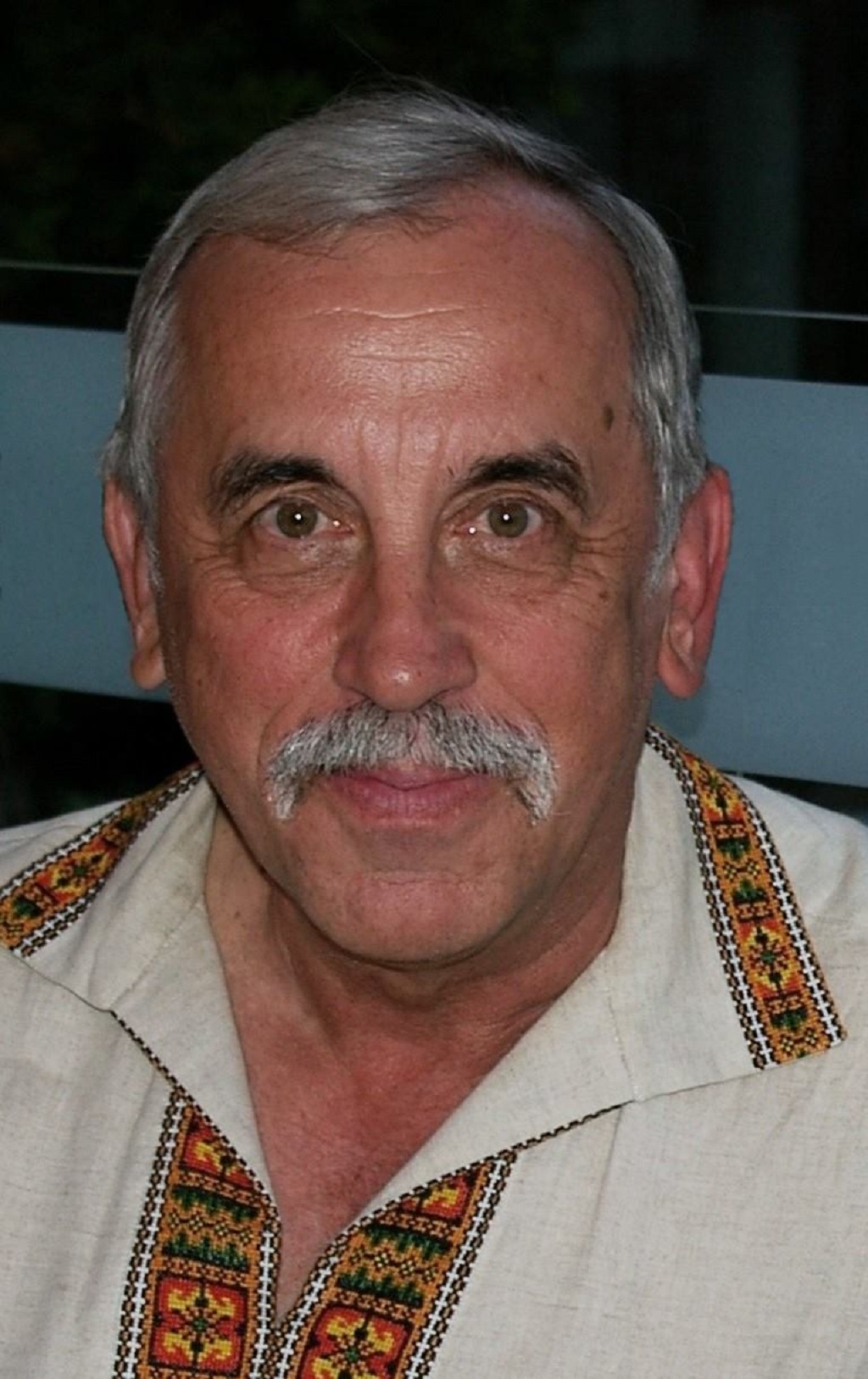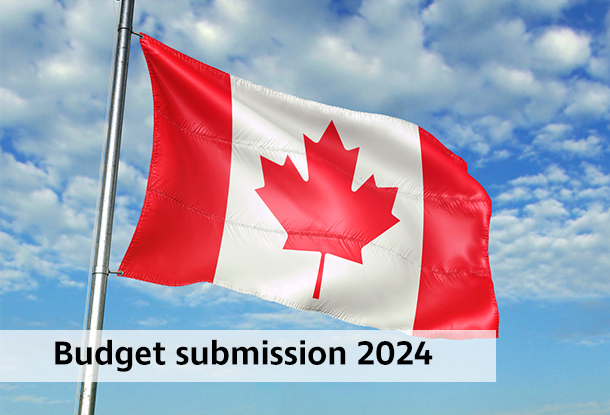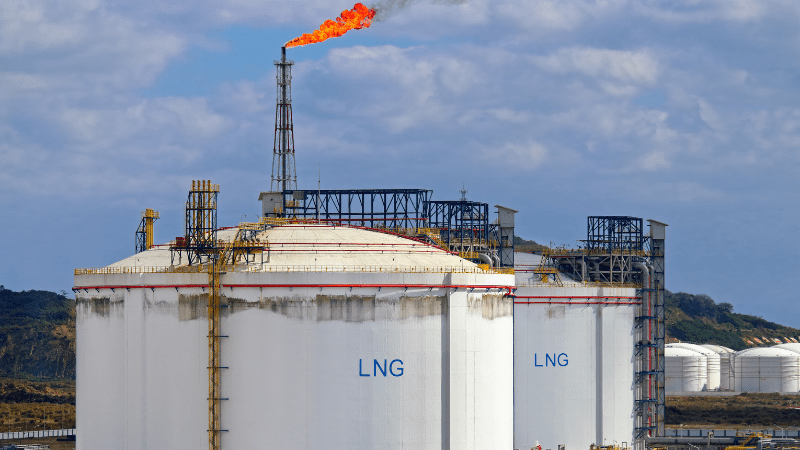Volodymyr Kish.
This past weekend, I was pleased to pass on the mantle of President of the Ontario Provincial Council of the Ukrainian Canadian Congress to a new incumbent, a highly capable young lady by the name of Anna Kuprieieva. This transition marked not only a generational change, but is also significant because Anna is from what is known in the Ukrainian community as the Fourth Wave.
Those familiar with the history of Ukrainian immigration to Canada will know that there have been four major waves. The First Wave were those “stalwart peasants in sheepskin coats” that came to Canada between 1891 and World War II. The Second Wave consisted of Ukrainians that were displaced by the Bolshevik Revolution of 1917 and the subsequent struggles for Ukrainian independence between the two world wars. The Third Wave were primarily the large number of Ukrainians that found themselves in the DP (Displaced Persons) camps throughout Europe in the aftermath of World War II. The Fourth Wave is the collective term now being used for all the Ukrainians that found their way to Canada subsequent to the collapse of the Iron Curtain and the Soviet Union.
Each of these waves of Ukrainian immigrants had their own distinct impact on Canada, as well as on the Ukrainian communities that were in place here already. By and large, one can also say that each wave had their own unique challenges in integrating with the Ukrainians that had come previously as well as their Canadian born descendants. The reasons for this are not hard to fathom, as each succeeding wave came from a different socio-economic-political context and each had a distinct mindset and goals that differed significantly from those of previous waves.
The First Wave immigrants were almost all from the poorly educated peasant class who came to Canada to escape the poverty and lack of opportunity at home. They had minimal organizational experience or expertise, and their community building consisted primarily of organizing and building churches and schools. The Second Wave emerged from the turmoil of the revolutions that swept the old Russian Empire, and were both better educated as well as politically conscious than their predecessors. They were much more activist and proficient in building political, cultural and community organizations as they spread across Canada. The Third Wave, though not as large as the previous two waves, were the most activist of all. Most of them had been traumatized by war, had survived slave labour in Germany or had been actively involved in the partisan movements back in Ukraine. They were highly nationalistic, deeply motivated, and within a few years of arriving in Canada, they had managed to take over control of existing Ukrainian organizations as well as creating new ones as well.
The latest Fourth Wave is the smallest of the waves so far, but comes perhaps with the strongest credentials in terms of financial means and education. They are mostly of the professional class, many have a university education, and they come not with empty pockets like their predecessors, but with some seed capital coming from having liquidated their houses or apartments back in Ukraine which are now mostly privately owned. Most have marketable skills and are able to enter the job markets in Canada without too much difficulty. Like the first wave, their motivations for coming to Canada are largely economic, perceiving that it will be a long time before the economies of Eastern Europe are able to overcome the corruption and inertia inherited from Soviet times. Some are politically conscious, but a large number would rather just leave the political chaos of their homeland behind and quietly assimilate into the Canadian mainstream. A few have become active in the existing Ukrainian community, but a majority have not, finding little in common with the preceding waves and their descendants.
There is a Fourth Wave organization of sorts in Canada, but they tend to be fairly insular and keep to themselves. It would be safe to say that their integration into the Ukrainian community in Canada has been problematic. Adding to the difficulty is the fact that many Ukrainians that have come over in the Fourth Wave speak Russian as their primary language, which rankles the existing Ukrainian community no end.
It was therefore especially meaningful to me that I had been succeeded in my position at the UCC by a particularly qualified member of the Fourth Wave. When one looks at the upper leadership ranks of most of the large Ukrainian organizations in Canada, one does not find many representatives from the ranks of recent immigrants. Yet no one would argue that in the spirit of continuity, and to ensure the future growth and success of the organized Ukrainian community in Canada, that we need these people involved, engaged and helping to prolong the 125 years of success of Ukrainians in building Canada while at the same time preserving their cultural and national roots. I wish my successor great success in her new challenge.
Share on Social Media


































